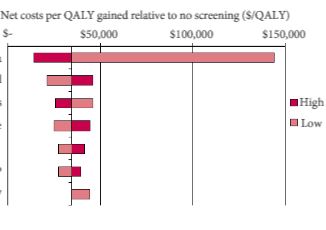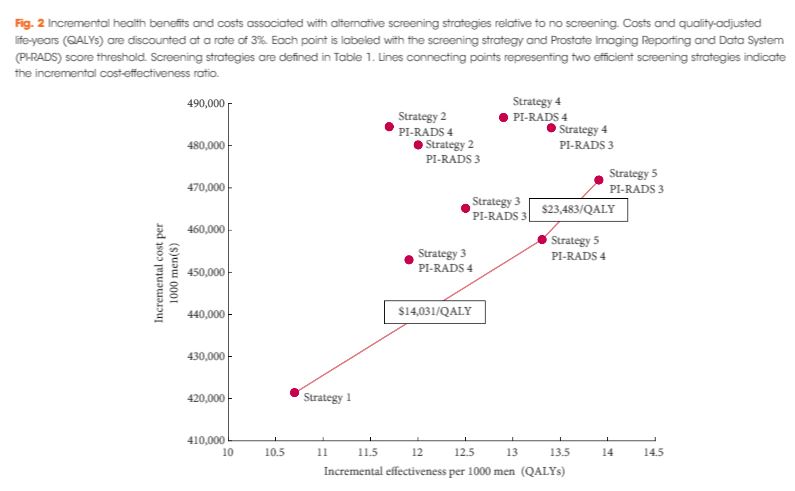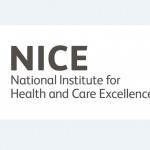Article of the Week: Cost‐effectiveness of MRI and targeted fusion biopsy for early detection of prostate cancer
Every Week, the Editor-in-Chief selects an Article of the Week from the current issue of BJUI. The abstract is reproduced below and you can click on the button to read the full article, which is freely available to all readers for at least 30 days from the time of this post.
In addition to the article itself, there is an accompanying editorial written by a prominent member of the urological community. This blog is intended to provoke comment and discussion and we invite you to use the comment tools at the bottom of each post to join the conversation.
If you only have time to read one article this week, it should be this one.
Cost‐effectiveness of magnetic resonance imaging and targeted fusion biopsy for early detection of prostate cancer
Objective
To determine how best to use magnetic resonance imaging (MRI) and targeted MRI/ultrasonography fusion biopsy for early detection of prostate cancer (PCa) in men with elevated prostate‐specific antigen (PSA) concentrations and whether it can be cost‐effective.
Methods
A Markov model of PCa onset and progression was developed to estimate the health and economic consequences of PCa screening with MRI. Patients underwent PSA screening from ages 55 to 69 years. Patients with elevated PSA concentrations (>4 ng/mL) underwent MRI, followed by targeted fusion or combined (standard + targeted fusion) biopsy on positive MRI, and standard or no biopsy on negative MRI. Prostate Imaging Reporting and Data System (PI‐RADS) score on MRI was used to determine biopsy decisions. Deaths averted, quality‐adjusted life‐years (QALYs), cost and incremental cost‐effectiveness ratio (ICER) were estimated for each strategy.
Results
With a negative MRI, standard biopsy was more expensive and had lower QALYs than performing no biopsy. The optimum screening strategy (ICER $23 483/QALY) recommended combined biopsy for patients with PI‐RADS score ≥3 and no biopsy for patients with PI‐RADS score <3, and reduced the number of screening biopsies by 15%. Threshold analysis suggests MRI continues to be cost‐effective when the sensitivity and specificity of MRI and combined biopsy are simultaneously reduced by 19 percentage points.
Conclusions
Our analysis suggests MRI followed by targeted MRI/ultrasonography fusion biopsy can be a cost‐effective approach to the early detection of PCa.




